#american indians
Text

A Handbook of Native American Herbs
#american indians#indigenous peoples#herbs#herbalism#botany#ethnobotany#medicinal plants#herbology#nature#natural medicine#shamanism#health and fitness#alternative therapies#books#🌱#📚
88 notes
·
View notes
Text
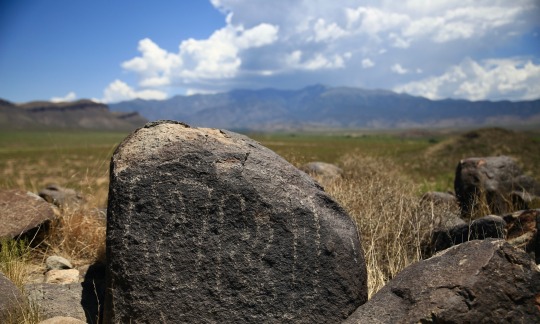

#three rivers petroglyphs#new mexico#sierra Blanca#adventure#travel#my photo#southwest#desert#mountains#photography#aesthetic#nature#ancient ones#petroglyphs#native americans#Indians#American Indians#history#anthropology#archaeology#storm#monsoon#summer
255 notes
·
View notes
Text
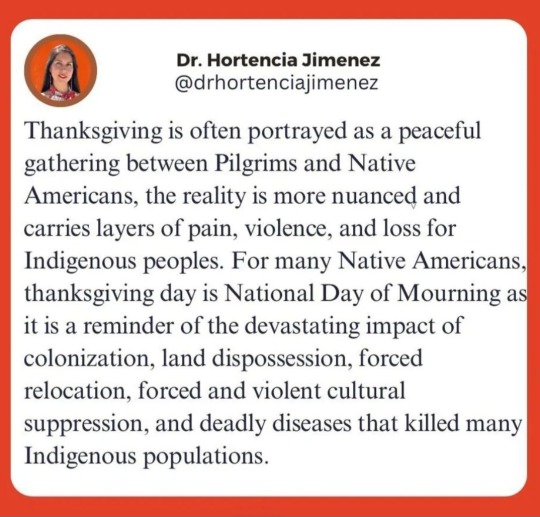
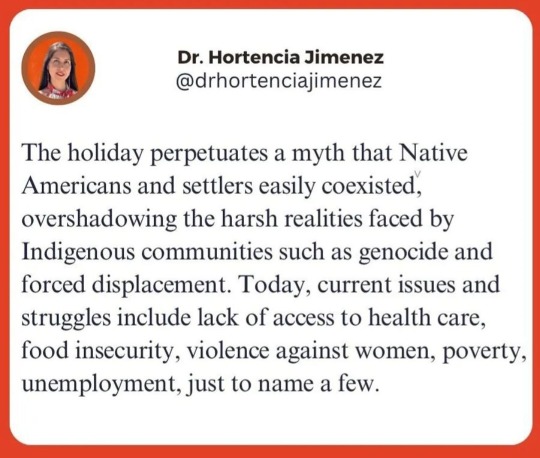
Happy Thanksgiving to all who celebrate! May this be a time of gratitude, joy, and love for you and yours.
I would also suggest making this a time to acknowledge the National Day of Mourning by honoring, remembering, and learning about the death and suffering of indigenous Americans due to settler colonialism and its present-day effects.
Again, I hope everyone has much to be thankful for in these holiday times. I also hope these times can serve as an opportunity to take a clear-eyed look at American history and challenge the myths that serve as the foundation for many Amercians' understanding of our past and present.
#thanksgiving#happy thanksgiving#history#genocide#ethnic cleansing#american indians#native americans#politics#us politics#progressive#imperialism#narional day of mourning#colonialism#settler colonialism#indigenous history#thanksgiving myths#first nations
93 notes
·
View notes
Text
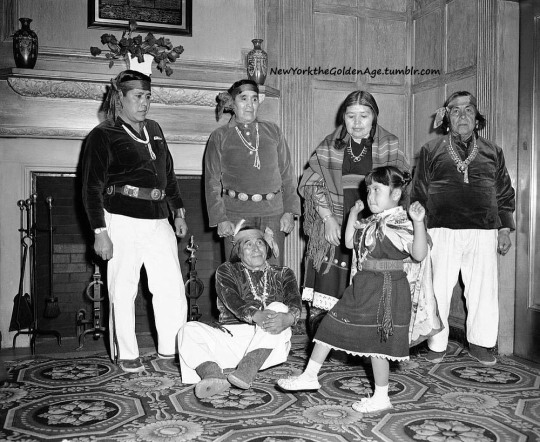
The memory of Indians who lived in Manhattan long ago comes back as 4-year-old Carol Nachie practices her part in a ceremonial dance, while her elders watch in a hotel, February 17, 1955. They all took part in the world premiere at Carnegie Hall of a one-act opera, "Hopitu," based on ancient Hopi Indian chants and dances. Seated on the floor is Kolchaftewa. Standing left to right are: Nachie, Carol's father; Chamema; his wife, Judith Chamema, and Koochnungnurma. The opera was composed by Lois Albright from the old chants and the libretto was by M.W. Billingsley.
Photo: Carl Nesensohn for the AP via the Chattenooga Times Free Press
#vintage New York#1950s#Carl Nesensohn#American Indians#Native Americans#Feb 17#17 Feb#indigenous people#Hopitu#opera#Hopi#American Indian opera
64 notes
·
View notes
Text

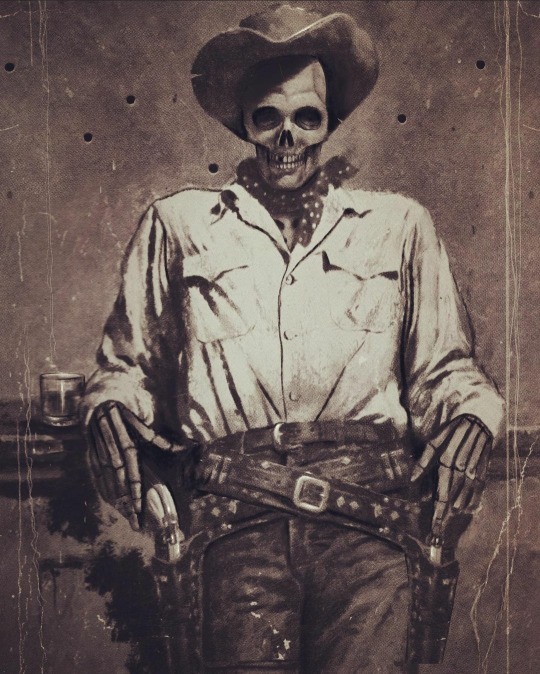




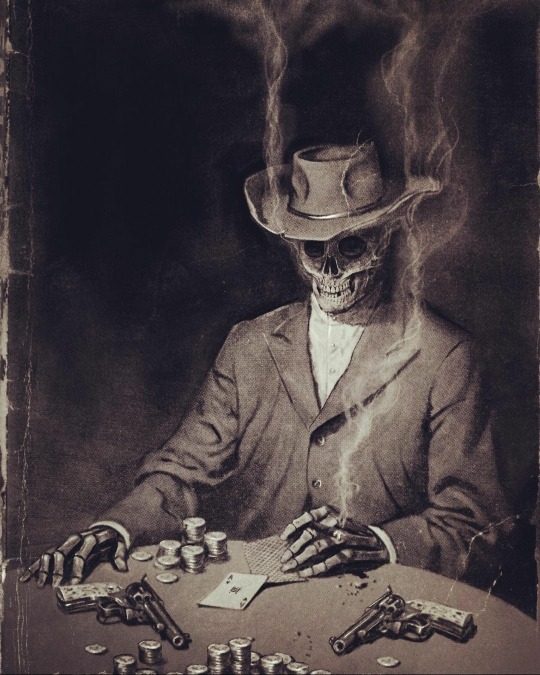

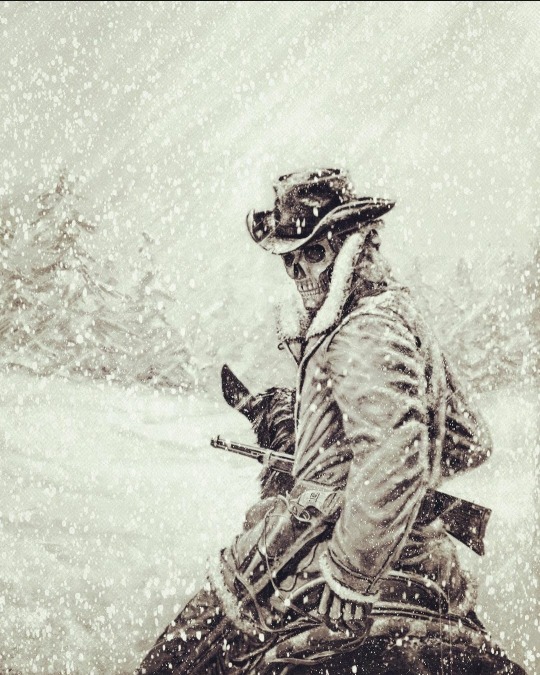

“Dead Western” art by Olly Jeavons
#Olly Jeavons#dead western#art#old wild west#wild west#wild west aesthetic#painting#artwork#illustration#cowboy#cowboys#american natives#tribe#tribes#Native Americans#American Indians#American Indian#indian#indians
242 notes
·
View notes
Text

Half Indian/Half Mexican, James Luna, 1991
#photography#vintage photography#vintage#black and white photography#james luna#1990s#1991#portrait#mexican#latin american art#american indians#indigenous art#indigenous#puyukitchum#kumeyaay
42 notes
·
View notes
Text
youtube
#indigenous#native american#ndn#missing and murdered indigenous women#video#mmiw#mmiwg2s#pocahontas#american indians#american indian#indigenous rights#indigenous history#history#native american heritage month#we are still here#murdered#missing person#missing persons#missing and murdered#mmip#missing and murdered indigenous people#usa#violence against women#rape tw#disney#Youtube
46 notes
·
View notes
Text

"I DON'T THINK THAT PEOPLE GENERALLY REALIZE WHAT THE MOTION PICTURE INDUSTRY HAS DONE TO THE AMERICAN INDIAN..."
PIC INFO: Spotlight on the late, great Sacheen Littlefeather poses backstage at the 1973 Oscars with the speech Marlon Brando had prepared after deciding to reject his Best Actor Oscar at the 45th Academy Awards on March 27, 1973.
OVERVIEW: "Marlon Brando had actually won and accepted an Academy Award for “On the Waterfront” at the 1955 Oscars, but he wasn’t as eager to attend the 1973 ceremony, which was taking place amid the Wounded Knee Occupation in South Dakota. Instead, he sent an actress and activist named Sacheen Littlefeather in his place, along with a prepared speech in the event that he won for his performance in “The Godfather.”
Littlefeather took the stage when Brando’s name was called, but she refused to accept the Oscar statuette from presenter Roger Moore.
“I’m representing Marlon Brando this evening and he has asked me to tell you in a very long speech, which I cannot share with you presently because of time but I will be glad to share with the press afterwards, that he very regretfully cannot accept this very generous award,” Littlefeather said, in part. “And the reasons for this being are the treatment of American Indians today by the film industry — excuse me — and on television in movie reruns, and also with recent happenings at Wounded Knee,” she continued amid booing and applause from the audience.
Brando later told Dick Cavett he was “distressed” by the audience’s treatment of Littlefeather amid the speech but ultimately felt that it was “a marvelous opportunity” to bring the issue to light.
“I don’t think that people generally realize what the motion picture industry has done to the American Indian, and as a matter of fact, all ethnicities, all minorities, all non-whites,” he told Cavett."
-- NEWS NATION NOW, "Academy Awards: Only 3 winners have ever refused their Oscars," by Michael Bartiromo, c. July 2022
Source: www.newsnationnow.com/entertainment-news/academy-awards-only-3-winners-have-ever-refused-their-oscars.
#Sacheen Littlefeather#Academy Awards#Academy Awards 1973#Marlon Brando#45th Academy Awards#Super Seventies#1970s#Cinema#The Godfather 1972#American Indian#Native American#70s#The Oscars#Oscars 1973#The Godfather#Native Americans#American Indians#70s Cinema#American Style#Best Actor#Oscars#Photography#Best Actor 1973#Marlon Brando Best Actor#1973
29 notes
·
View notes
Text


Legends of the Missouri and Mississippi
Hopewell
1874
#old#books#old bookshop#bibliophile#old books#antiquarian bookshop#michaelmoonsbookshop#vintage#whitehaven#antique#american indians#native american#legends#folklore#North American Indians#missouri#mississippi#findingnewhomesforloldbookssince1970
15 notes
·
View notes
Photo


Man’s Coat
Chaticks Si Chaticks (Pawnee)
c.1910
National Museum of the American Indian (Catalog Number: 19/3199)
Learn more about the Pawnee at their website: https://pawneenation.org/
#coat#outerwear#fashion history#indigenous fashion#1910s#indigenous americans#american indians#brown#20th century#pawnee#chaticks si chaticks#national museum of the american indian
184 notes
·
View notes
Text
“In the 43 years that I’ve spent in a small cell at San Quentin, I’ve felt grass under my feet only five times.
The first time was after I had spent seven years in the isolation unit because I refused to cut my hair. I’m Monache and Cherokee. They punished me despite the fact that it’s my tradition and spiritual belief as a Native American to grow my hair long.
But outside the isolation unit there was a row of grass that they really took care of. As the guards led me out of that building, I stepped off the concrete path so I could feel the grass and dirt under my feet. The smell and feel of grass is still part of me.
I'm sure most free people don’t even realize that they take something like that for granted, but it’s the little things that I cherish the most. I often think back to growing up at Big Sandy — the coyotes and foxes, the geese and deer and wild turkeys. There were 17 of us living together in three cabins, and it only cost about $80 a month to feed us. We ate venison, rabbit and turkey, and we had a garden. We always had homemade biscuits, tortillas, frybread and cornbread, and there were always beans cooking on the back of the potbellied stove. Those thoughts, along with the self-discipline I’ve developed in here, have helped sustain me.
I can say that conditions in the isolation unit have changed since 1980, when I was there for the first time. Back then, there was a hole in the floor for a toilet. The toilets were supposed to be flushed once every 24 hours, but they rarely were.
We were supposed to get 1,500 calories a day. But we got one meatball in the morning and one at night with half a slice of bread. Anytime people acted up, the guards would pepper spray them. Sometimes, guards would spray people just to see how they’d react.
Guards would also take our mattresses in the morning and give them back at night — presumably because they didn’t want inmates destroying them. But nine times out of 10 you wouldn’t get your mattress back. It would be someone else’s, and there might be feces on it or urine on it. After five times, I told them, “No, I don’t want a mattress anymore.” I haven’t had one since then. I just fold a blanket in half and sleep on it. I also haven’t had a pillow — I use a roll of toilet paper, and I’m comfortable with that.
In the death-row cells where I’ve spent most of my time, I’m still in isolation — it’s just not as bad. My current cell is roughly 4 1/2 feet by 10 feet. Along with my toilet, bed and sink, I’ve got a shelf, two lights and a typewriter. I have some CDs and a CD player with a radio. I also have some photos and eight posters of Harley Davidsons. My dad was a biker.
But I’m still locked up all the time, and I don’t come out unless I’m handcuffed. I go to the shower, I’m handcuffed. I go to medical or the yard, I’m handcuffed. A guard is always watching. It’s like I’m in a zoo.
We do have Native worship services at San Quentin, but our religious adviser doesn’t do it right. He has a sacred pipe that he allows everybody to touch, and that’s bad medicine. You’re not supposed to touch the pipe or anything sacred like that if you have blood on your hands. If you’ve killed someone in self-defense or to protect your family or your property, that’s one thing. But if you kill somebody just to kill, it’s called having blood on your hands. That’s why I go to other worship services, so I can absorb other teachings and learn about different religions.
We used to have four powwows a year. Tribes from the Bay Area and all the way up north would offer buffalo, elk, venison and fish. Now we’re lucky if we have one powwow per year. The reason is that the religious adviser would tell the tribes we were going to have a powwow on a certain date and after the tribes caught fish and deer for it, he’d say, “Well, now we’re going to have it next month.” You can’t do that.
When we did have a powwow, we’d get a two-ounce serving of salmon and everything else would be prison food. The prison wouldn’t allow people to bring in buffalo meat because they said bones were a security risk. They could just take the meat off the bone and then bring it in, but they won’t do that. You’ve got these brothers and sisters in the free world going out and getting it for us, and we can’t have it.
Meanwhile, my daily routine is the same as it has been for decades. I wash up, make sure my cell is clean, then I say my prayers and I meditate for 20 minutes to an hour. After that, I turn on the radio, exercise, maybe type a letter and get my breakfast. I work on my case for about three hours a day. We have a law library, but you have to get on a list, so you might go once a month. Every week, we can put in requests for a law book we need. You may be placed on a waiting list for the book, but it's better than nothing.
I go to the yard with other people twice a week for a total of six hours — unless it’s foggy or there’s been an incident and we’re in lockdown. I get to shower for 15 minutes every other day with a guard standing by. Otherwise, I’m in my cell.
Since my sentence was reduced to life without possibility of parole in 2019, I have the option of transferring to a cell in the general population. But I’d have to go to a Level 4 maximum security unit where there’s a lot of violence. Other inmates would want to test me because I’ve been on death row.
I also have the option of moving to a different prison, but my legal team is in this area. I might end up 500 miles away; that would make it harder for them to come and see me when they have to.
And so, I await a court date. It could be in a month, it could be in six months. We don’t know. Meanwhile, I just try to be the best person I can be so that I’m content with myself and can go to sleep at night and say, “Well, I did a good day. I didn’t do anybody wrong, I didn’t lie to anybody.”
People have asked me, “How did you make it through 43 years in prison?” And I say, “By being Native.” Being Native gives me the strength to overcome all of this — not just for me, but for all our brothers and sisters. Society cannot break our spirit.”
- DOUGLAS RAY STANKEWITZ as told to RICHARD ARLIN WALKER, “California’s Longest Serving Death-Row Prisoner On Pain, Survival and Native Identity.” The Marshall Project. March 18, 2022.
#san quentin#san quentin prison#life inside#words from the inside#life prisoner#life sentence#solitary confinement#monache#cherokee#indigenous people#life in prison#california prisons#american prison system#crime and punishment#death row#american indians
130 notes
·
View notes
Photo

A Zapotec Terracotta Figural Urn of the Butterfly God (Ītzpāpālōtl) found at Monte Alban in Oaxaca, Mexico, Circa 200-600 AD. Sold at sotheby's in 2017 for $200,000
#zapotec#olmec#mayans#itzpapalotl#monte albán#oaxaca#pre-columbian#mexico#central america#indigenous people#american indians#atlantis#terracotta#sothebys#art
434 notes
·
View notes
Text
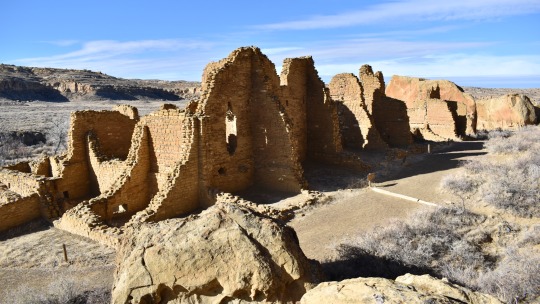


#chaco culture national historical park#chaco canyon#archaeology#anthropology#history#Indians#american indians#native Americans#anasazi#Chaco#ancestral puebloans#adventure#travel#my photo#southwest#desert#new mexico
219 notes
·
View notes
Text
This is five years old, but I only just stumbled over it, so sharing. Says something I've noticed for a while. Please read.
"Invisibility is the modern form of racism against Native people. We are taught that racism occurs when a group of people is seen as different, as other. We are not taught that racism occurs when a group of people is not seen at all. Yet the research shows that the lack of exposure to realistic, contemporary, and humanizing portrayals of Native people creates a deep and stubborn unconscious bias in the non-Native mind. Rooted in this unconscious bias is the idea that Native people are not real or even human."
14 notes
·
View notes
Text

Four American Indians, dressed in traditional clothing, appear before the Second Circuit Court of Appeals, October 20, 1941. They argued that the Selective Service Act violated their liberty and a treaty between the Indians of the Six Nations. Judge Thomas W. Swan reserved decision. From left to right are: Clinton Rickard, Tuscarora chief; Jess Lyons, Onondaga chief; Harry Patterson, Tuscarora brave and Ivan Burnham, Mohawk brave. The other nations are the Oneida, the Cayuga, and the Seneca.
Photo: MC for the Associated Press
#vintage New York#1940s#Six Nations#Native Americans#indigenous Americans#American Indians#Tuscarora#Onondaga#Mohawk#Oneida#Cayuga#Seneca#October 20#Oct. 20#20 Oct.#20 October#Selective Service Act
84 notes
·
View notes
Text
https://www.seattletimes.com/opinion/stolen-justice-reinstate-federal-recognition-of-the-chinook-indian-nation/
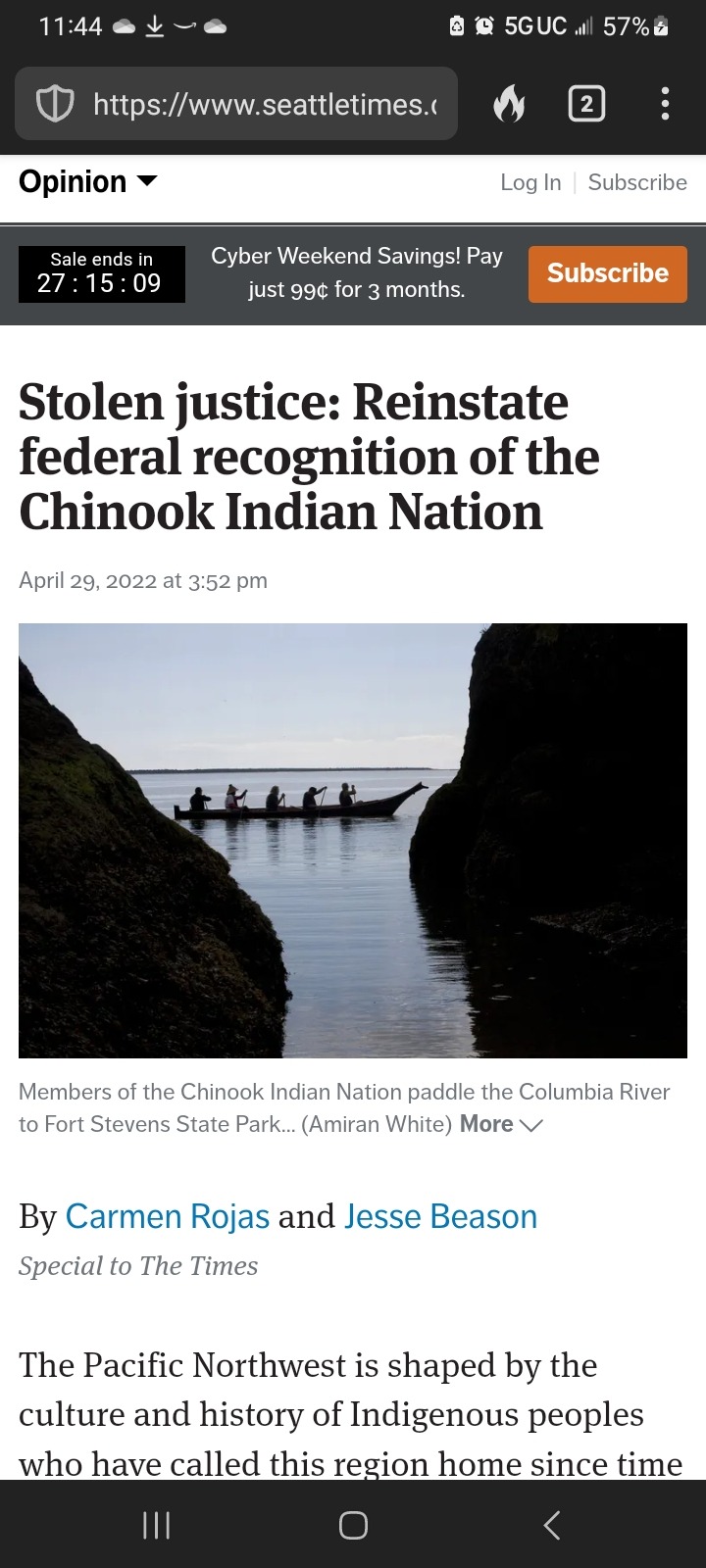
We are urging U.S. lawmakers representing Washington and Oregon to take action, but this restoration legislation and bill has yet to be championed through passage and implementation.
Congress has the power to make this legislative change. We urge people everywhere to stand with us and urge Congress to correct this historic injustice. With the growing number of Americans across the nation who support this effort, it will be impossible for our representatives to ignore the Chinook Nation any longer.
3 notes
·
View notes